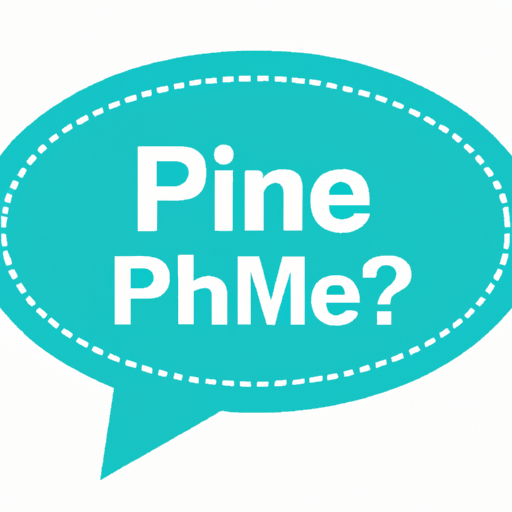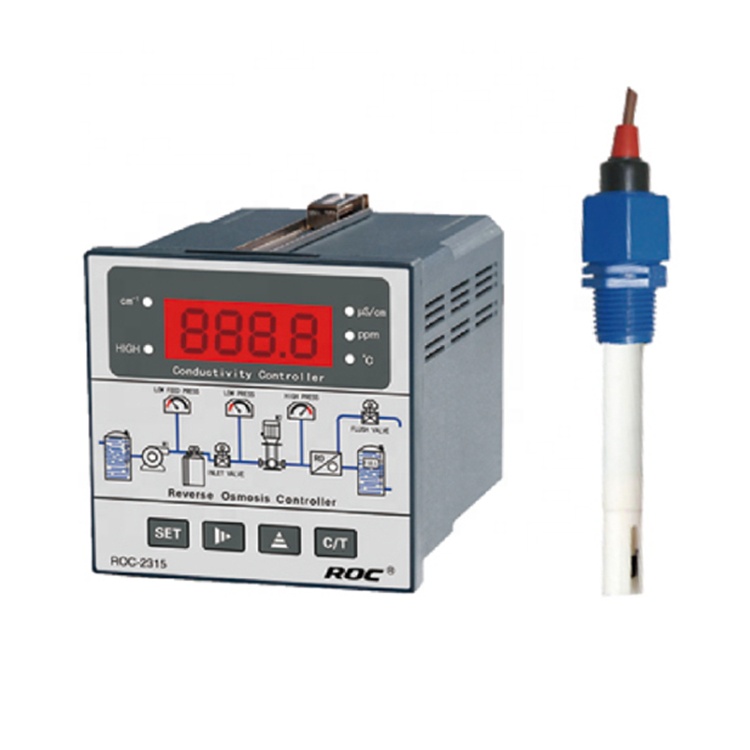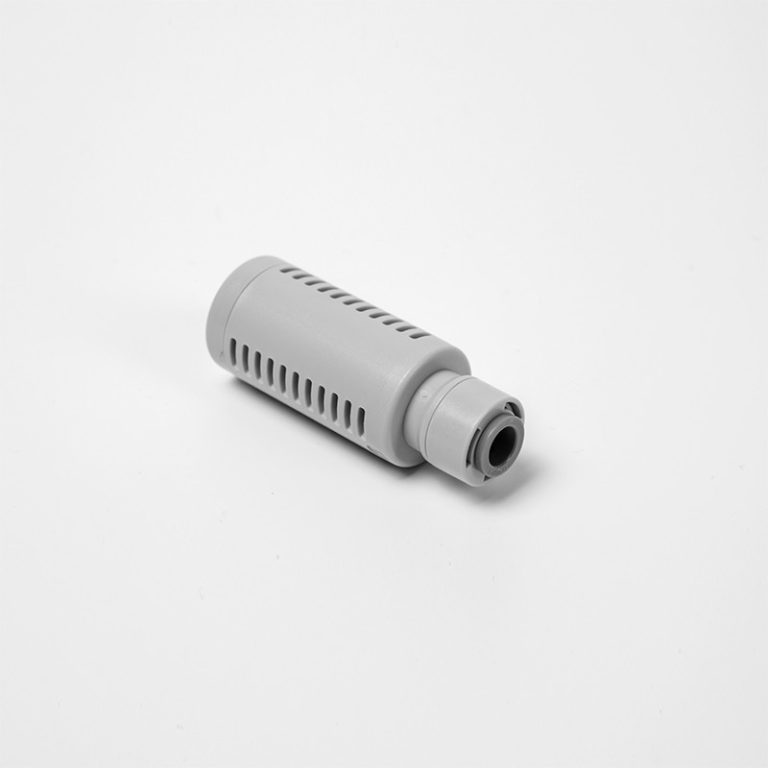“Free Chlorine PPM: Ensuring Clean and Safe Water.”
Understanding the Significance of Free Chlorine PPM

Understanding the Significance of Free Chlorine PPM
When it comes to maintaining a clean and safe swimming pool, one of the most important factors to consider is the level of free chlorine. Free chlorine is a chemical compound that is commonly used as a disinfectant in swimming pools to kill harmful bacteria and other microorganisms. The level of free chlorine is typically measured in parts per million (ppm), which refers to the number of chlorine molecules present in one million parts of water.
So, what does free chlorine ppm mean? Essentially, it is a measurement that indicates the concentration of free chlorine in the pool water. This measurement is crucial because it helps pool owners and operators determine whether the pool water is properly sanitized and safe for swimmers.

Maintaining an appropriate level of free chlorine is essential for several reasons. Firstly, it helps to kill harmful bacteria and viruses that can cause illnesses such as diarrhea, ear infections, and skin rashes. By regularly testing the free chlorine ppm, pool owners can ensure that the water is effectively disinfecting and protecting swimmers from these potential health risks.
Secondly, free chlorine also plays a vital role in preventing the growth of algae in the pool. Algae can quickly multiply and turn a crystal-clear pool into a murky and uninviting mess. By maintaining the proper free chlorine ppm, pool owners can effectively control and prevent the growth of algae, ensuring that the pool water remains clean and visually appealing.
To maintain the appropriate free chlorine ppm, pool owners must regularly test the water using a reliable testing kit. These kits are readily available at pool supply stores and are relatively easy to use. By following the instructions provided with the testing kit, pool owners can obtain an accurate measurement of the free chlorine ppm in their pool water.
The ideal free chlorine ppm level for a swimming pool typically falls between 1 and 3 ppm. This range ensures that the water is adequately sanitized without being overly chlorinated, which can cause skin and eye irritation for swimmers. However, it is important to note that the specific recommended range may vary depending on factors such as the pool’s size, usage, and environmental conditions.
| Model | ROC-8221 Single Stage Double Channels ro controller | ||
| Conductivity Measurement Range | Raw Water | 10.0cm-1 | (0-20000)μs/cm |
| 1.0cm-1 | (0-2000)μS/cm | ||
| Product Water | 1.0cm-1 | (0-2000)μS/cm | |
| 0.1cm-1 | (0-200)μS/cm | ||
| Accuracy | 1.5 level | ||
| Working pressure of conduct cell | (0~0.5)MPa | ||
| Automatic temperature compensation | Temperature compensation range (0~50)℃ | ||
| Effective distance | ≤20m (standard 5 m ,or ordered ahead) | ||
| Displaying mode | LCD 128×64 backlight ,Display Settings menu and status message in English or Chinese can be selection | ||
If the free chlorine ppm falls below the recommended range, it indicates that the pool water is not adequately sanitized. In this case, pool owners should add chlorine to the water to bring the levels back up to the appropriate range. On the other hand, if the free chlorine ppm exceeds the recommended range, it suggests that the water is over-chlorinated. In this situation, pool owners should allow the chlorine levels to naturally decrease or dilute the water with fresh water to bring the levels back within the desired range.
In conclusion, understanding the significance of free chlorine ppm is crucial for maintaining a clean and safe swimming pool. By regularly testing the water and ensuring that the free chlorine levels fall within the recommended range, pool owners can effectively disinfect the water, prevent the growth of algae, and provide a healthy and enjoyable swimming experience for all.






